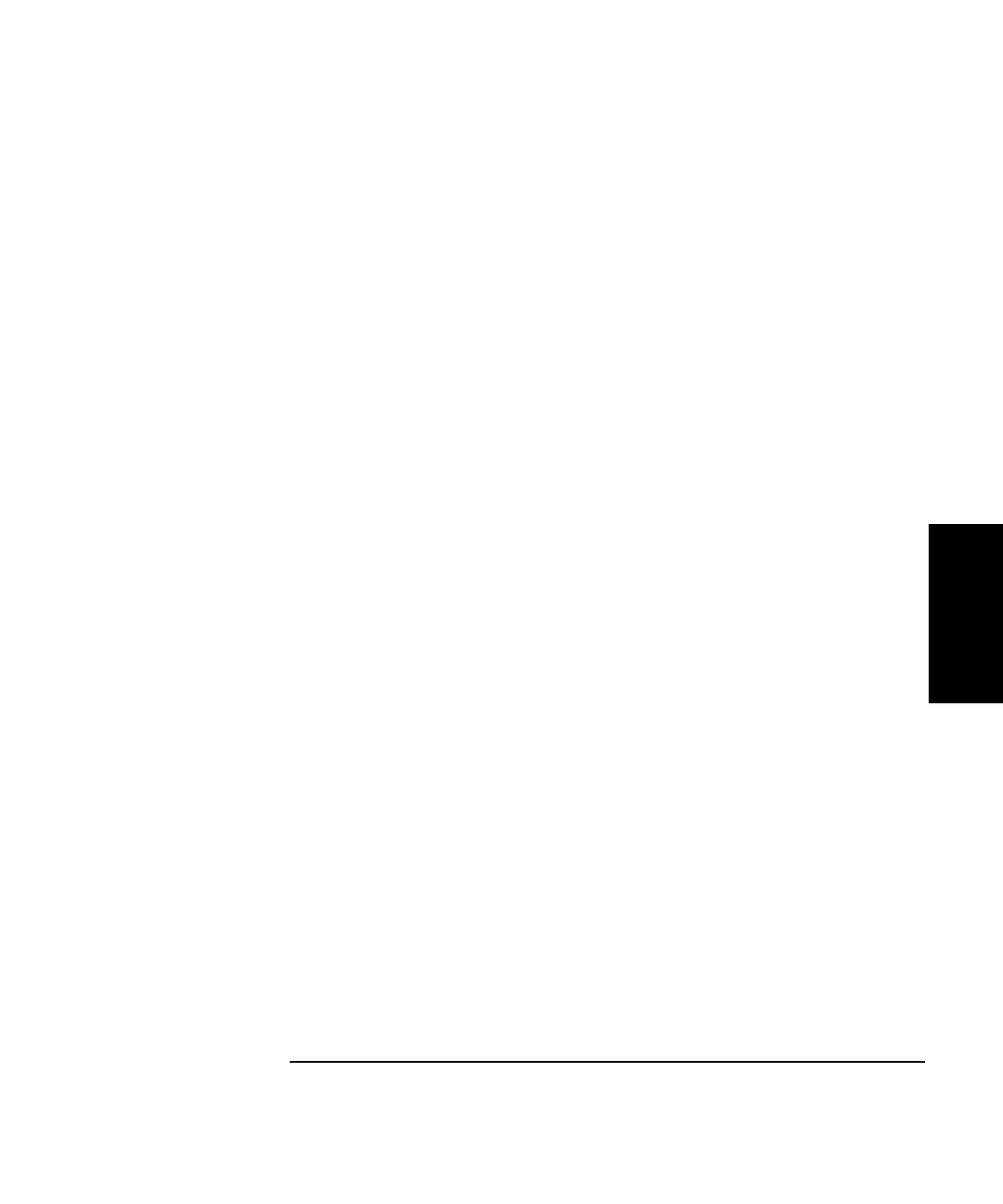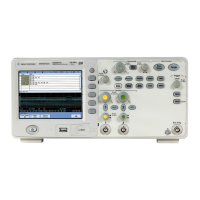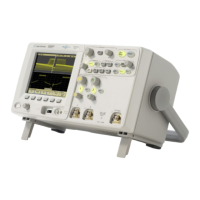Chapter 8 Ensuring Repeatability, Accuracy, and Resolution
Ensuring Accuracy
Getting Started Guide 8-11
8
For squareness and parallelism measurements, the slope is removed from
the first axis. This same amount of slope is removed from the second axis.
Any remaining slope on the second axis is the out-of-squareness or out-of-
parallelism measurement for the combination of the two axes.
Compensating for environmental factors
Straightness measurements are sensitive to environmental effects. The
most common sources of errors caused by the environment are:
• thermal expansion of the machine or part
• machine vibration
•air turbulence
To minimize the effect of thermal expansion, follow these guidelines:
• Allow the machine and optic temperatures to stabilize before making
your measurement.
• Try to minimize the total time of your measurement. If your work area
is not temperature controlled, parts of the machine may expand or
contract at different rates throughout the day.
Excessive vibration and air turbulence can be identified by the following
signs:
• random drifting of the measurement results when the optics are at
rest
• drift increasing as the distance between optics increases
If drifting of the measurement stops when the machine is turned off,
vibration is the likely cause. To minimize the effect of machine vibration,
follow these guidelines:
• Make sure the straightness reflector, base, and height adjuster are
securely fastened.
• Keep the length of the spindle and post(s) to a minimum.
• Reduce feed rates.
